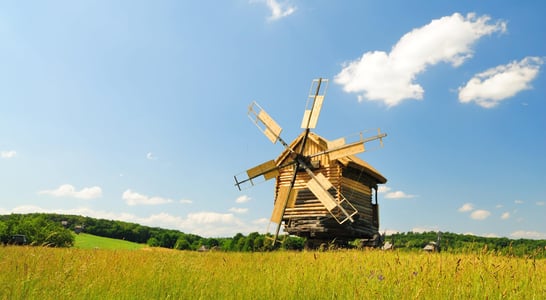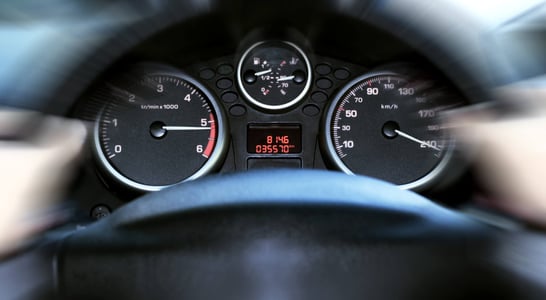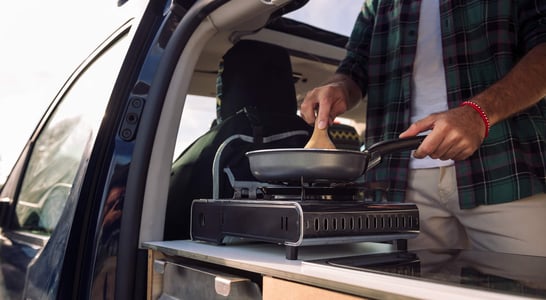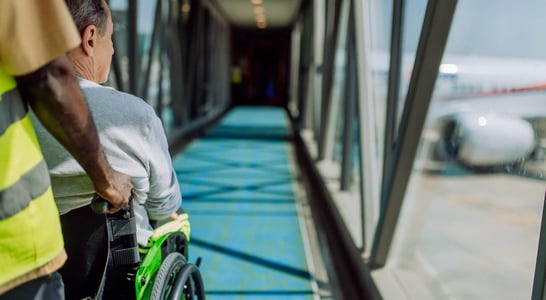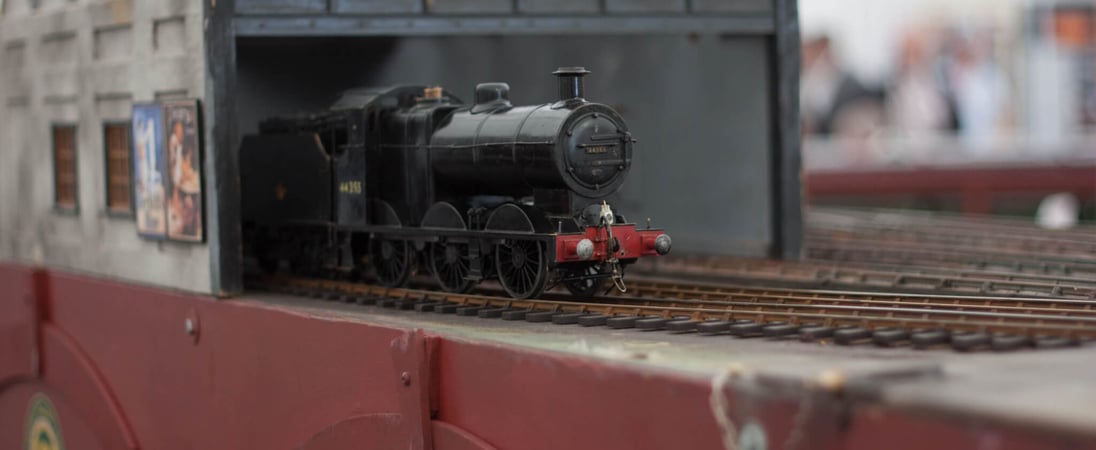
National Train Day
Go out and take a ride on a train, or watch them go by from a comfortable vantage point, whether fast, sleek commuter trains or large, loud steam engine transporters.
They cross thousands of miles across the countryside all over the world, transporting goods and passengers to places far-flung, and bringing back the same to their point of origin.
Two gleaming lines of silver lay their path as they move through cities and forests, mountains, and plains to bring everything to those who need it, whether it’s cargo or people.
Of course, we’re talking about trains, those powerful machines that inspired so much of history, and have done amazing things for economies and industry all over the world.
National Train Day commemorates these beautiful machines and the role they play in our lives!
How to Celebrate National Train Day
Ride a Train
The best way to celebrate National Train Day is to go out and take a ride on a train! It doesn’t matter where it’s going, riding a train can be a fantastic and relaxing experience.
Visit a Historical Train
Some towns have steam trains that are part of their history and still in operation, and dinner trains are always a nice experience.
Embrace Train Travel
Or, if you’re planning on taking a trip, rather than taking a car or plane, take a train for a relaxing ride across the country. National Train Day is a great chance to go out and see the world and experience these amazing vehicles.
History of National Train Day
In 2008, Amtrak established National Train Day to help celebrate the history of the locomotive. The idea was to engage the general public more on the subject of trains and their history in the development of the modern world.
National Train Day was a homage to the efforts of our ancestors in building out the rail network. It focuses, particularly on the transcontinental railway.
During its heyday, National Train Day was a major event. While Amtrak was the clear lead, museums and other institutions related to trains all took part. Even charities got involved, seeing it as an excellent opportunity to fundraise.
Amtrak decided to host events every year, but, unfortunately, got into financial trouble. The firm closed its official National Train Day in 2015. That, however, wasn’t the end of the matter. Enthusiasts loved it so much, they carried on celebrating the occasion in the years that followed!
Learn More About the History of Trains
The background of National Train Day aligns withg the history of trains, and that history goes back farther than you might suspect. Railroads were actually a progression from wagonways, which were essentially railroads powered by horses, and have a history going back over 2000 years.
The first example of what we might call a “train track” emerged near Corinth in Ancient Greece in around 600 BC. Men and animals would pull boats along grooves in limestone across a five-mile course to their destination in the sea. The Romans did something similar in Roman Egypt.
The reason wagonways (and of course railways) came into existence was one of pure practicality: you could transport larger loads over a greater distance with prepared paths! The first modern ‘ways’ weren’t even created with metal rails, they were instead created with wooden rails, and in the distance path even cut-stone tracks.
By being carefully prepared, you could increase the amount a single horse could haul from one ton to nearly 13 tons! That’s a considerable improvement in cargo capacity and a massive boon to those who have to move a lot of it a good distance.
Of course, with wooden rails, they had to be often replaced, and so it became common practice to cover them with a thin metal plate to help the wood last.
The industrial revolution changed all that, and metal rails became more prominent. Around 1750, industry began producing dramatically more iron than at any point in the past. New techniques made possible by the modern science of metallurgy and engineering created the conditions for an output explosion.
With increased supply, the price of tracks began to fall. It suddenly became feasible to lay more of them, replacing the problem-stricken wooden versions that tended to break often.
There was still a problem, though: some consignments had a nasty habit of veering off the rails – literally! In response, an industrial innovator and colliery manager called John Curr saw that the problem was flat wheels. He realized that you needed some way to keep the wagon on the line. His idea was to create an L-shaped profile to the wheel on the inside that would prevent it from slipping off the track.
Of course, none of this early development mentions steam-powered locomotives – the thing that people think about first when they talk about trains. The actual steam engine only emerged in 1769 following James Watt’s proof-of-concept. But even he didn’t see the potential. He wanted to use steam to power wheels in factories, not necessarily trains.
It took more than thirty years for the first fully functional steam locomotive to appear in 1804 under the direction of Richard Trevithick. Trevithick, however, didn’t manage to commercialize the idea. While he built plenty of demonstrations, he didn’t have the means to put it to good use.
Thus, the first commercial train journeys only began in 1812, and on a tiny scale. But, of course, we all know what happened next: trains took over the world. They gave birth to our modern, productive civilization and transformed the life of the average person forever.
Because trains played a big part in our collective history, it was only a matter of time before someone, somewhere developed the idea of hosting a “train day.” An event like this would be a chance for everyone in the world who has benefited from locomotives to celebrate their valuable role, choo-chooing humanity into the future.
National Train Day FAQs
Did early train stations have unusual uses?
Yes, train stations often doubled as community hubs in the 19th century.
In some towns, they served as markets, post offices, or even impromptu theaters. For example, London’s Euston station hosted public exhibitions before becoming the busy terminal it is today.
Why do trains in India have specific names?
Many Indian trains, like the “Palace on Wheels,” carry symbolic names. These names often reflect local culture or historical events.
For instance, the “Gatiman Express” signifies speed and modernization, while the “Deccan Queen” honors Pune’s legacy.
What’s the connection between trains and literature?
Trains have inspired countless works of fiction. Agatha Christie’s Murder on the Orient Express is a classic example, weaving intrigue with the mystique of train travel.
Charles Dickens also highlighted railways in his stories, capturing the transformative power of this invention.
Why are Japanese train stations famous for food?
Japan’s “ekiben,” or station bento boxes, offer gourmet meals for travelers.
Each region creates unique dishes, like Hokkaido’s seafood bento or Nagoya’s miso katsu. These meals make train journeys a culinary adventure as well as a mode of transport.
What’s a ‘railway mania,’ and when did it happen?
In the 1840s, Britain experienced a financial boom called the Railway Mania.
Investors rushed to fund railway projects, many of which never materialized. This period changed the economic landscape, showing both the promise and risks of industrial progress.
Are there any trains built for luxury instead of speed?
Yes, luxury trains like South Africa’s Blue Train prioritize elegance over speed.
Passengers enjoy lavish suites, fine dining, and panoramic views. It’s like a five-star hotel on wheels, perfect for slow-paced travel enthusiasts.
What’s the history of train whistles?
Train whistles were introduced in the 19th century to signal workers and passengers.
They became a vital safety tool for warning of approaching trains. Over time, these whistles developed distinct tones, creating a nostalgic charm tied to rail travel.
What’s the most unusual train design?
The Schienenzeppelin, built in 1930s Germany, resembled an airship on tracks.
It had a propeller for propulsion and reached 230 km/h. Though impractical, it showed the creative possibilities of early train engineering.
How did the transcontinental railway change dining habits?
In the U.S., trains introduced dining cars, changing how people ate during travel.
Previously, passengers carried food or ate quickly at stations. The dining car allowed for leisurely meals with freshly cooked dishes, redefining travel comfort.
What’s the longest nonstop train journey today?
Russia’s Trans-Siberian Railway offers the longest ride without transfers.
The route spans over 9,200 km from Moscow to Vladivostok. Passengers experience a week-long journey across diverse landscapes, from forests to tundras.
See what else is happening…
There’s always more going on every month at Days Of The Year. Here are our favorites this month!
Also on ...
View all holidaysWorld Fair Trade Day
Make conscientious shopping choices and research which companies use child labor, unsafe practices, and more to cut corners, so you can avoid them.
National Windmill Day
Drive out to windmill country, or read up about the history of windmills and how they can provide clean, sustainable energy by harnessing Earth’s natural power.
Mother Ocean Day
Pay homage to the incredible force of nature that is the ocean, which houses over a million different species, many of which are endangered or threatened.
World Lupus Day
Learn the symptoms so you can act fast against the life-threatening autoimmune disease known as Lupus, which effects at least five million people globally.
We think you may also like...
National Odometer Day
Be thankful for the odometer, a device that keeps track of your mileage, which in turn helps you know when and how to get your car looked at and adjusted.
National Road Trip Day
Hit the road, Jack! Road trips are the ultimate adventure filled with endless possibilities, unforgettable memories, and a load of snacks. So buckle up, roll down the windows, and let the wind take you where it may.
International Vanlife Cooking Day
Creative culinary adventures unfold in compact mobile kitchens, turning camper van travels into delicious gastronomic journeys.

